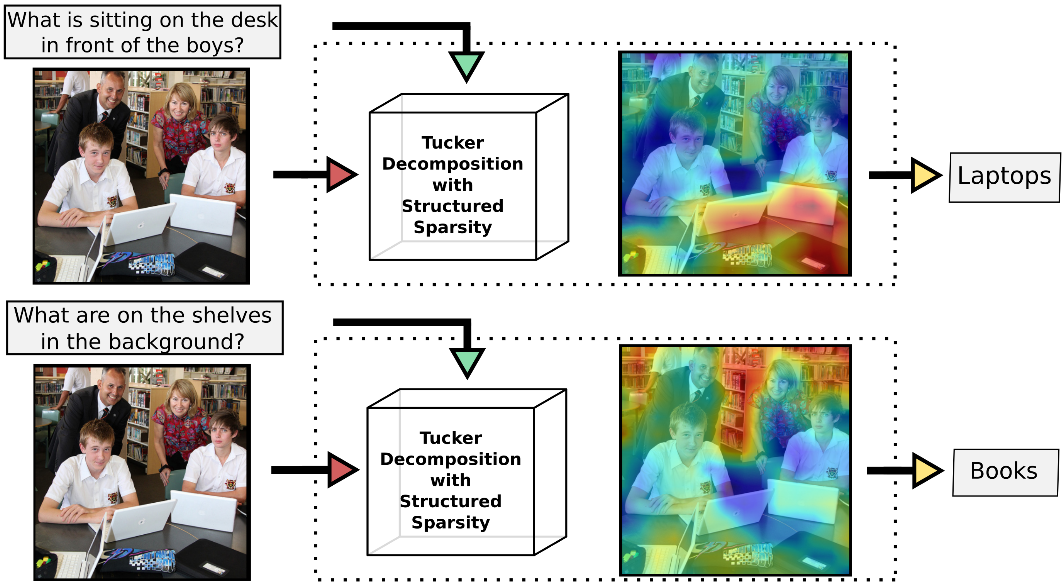FeTaQA: Free-form Table Question Answering
FeTaQA is a Free-form Table Question Answering dataset with 10K Wikipedia-based {table, question, free-form answer, supporting table cells} pairs. It yields a more challenging table QA setting because it requires generating free-form text answers after retrieval, inference, and integration of multiple discontinuous facts from a structured knowledge source. Unlike datasets of generative QA over text in which answers are prevalent with copies of short text spans from the source, answers in our dataset are human-generated explanations involving entities and their high-level relations.
You can find more details, analyses, and baseline results in our paper.
Citation
@article{nan2021feta,
title={FeTaQA: Free-form Table Question Answering},
author={Linyong Nan and Chiachun Hsieh and Ziming Mao and Xi Victoria Lin and Neha Verma and Rui Zhang and Wojciech Kryściński and Nick Schoelkopf and Riley Kong and Xiangru Tang and Murori Mutuma and Ben Rosand and Isabel Trindade and Renusree Bandaru and Jacob Cunningham and Caiming Xiong and Dragomir Radev},
journal={arXiv preprint arXiv:2104.00369},
year={2021}





